Gone are the days when taking photographs in black and white was the only option. Today, black and white photography has become a way to give a classic look. It’s also used by some photographers to rescue problematic shots. As photographer Jamie Windsor mentions in this video, color photography is for documentation; black and white is for art:
1. Plan to Shoot in Black and White
Windsor believes that planning to shoot in black and white helps you in developing your visual senses and expanding your understanding of the visual world. Make sure you know why you’re shooting in black and white. Shooting in black and white will force you to understand the building blocks of light and dark.
“By approaching a shot with black and white already in mind you’ll start to change both how and what you photograph.”
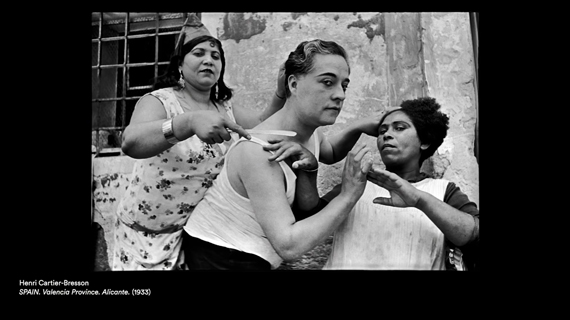
2. Look for the Abstract
Black and white photography is a good medium for abstract work. Emphasize the fundamentals like negative space, reflections, lines, shapes, patterns, and textures. By removing the distractions that colors can cause, you can transform a mundane image into a masterpiece.
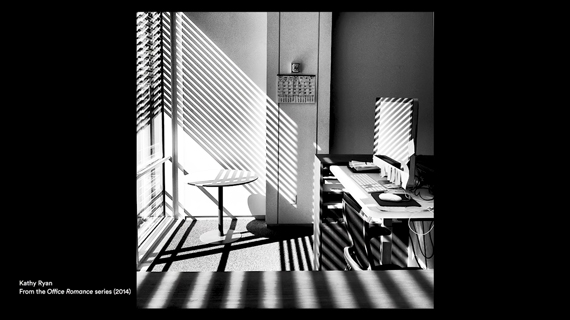
Kathy Ryan
3. Shoot in RAW or Use Color Filters
Windsor suggests that you shoot in RAW if you’re shooting digital or use color filters if you’re shooting film. You can simulate color filters by adjusting the color sliders in post-processing software. This will allow you to control the tones between the different colors to create contrast and bring out texture. For instance, Windsor demonstrates how you can create dramatic skies by pulling down the blue sliders or by using a red filter.
4. Use Long Exposures
Black and white photography goes pretty well with long exposure. It allows you to emphasize textural differences and make them stand out. To make sure that highlights and reflections don’t interfere with your long exposures, Windsor recommends using a polarizing filter.
“Black and white photography will create a sense of time passing rather than that decisive moment.”
5. Dodge and Burn
Black and white photographs can be pushed to a greater extent in post-processing than color images. With black and white images, you can use the local adjustment tools to highlight sections and bring out texture, contrast, and brightness to draw the viewers’ attention to the image.
To quote the master of black and white photography, Ansel Adams, “Dodging and burning are steps to take care of mistakes God made in establishing tonal relationships.”
So there is nothing wrong with adding your creative touch to your photos if it helps in conveying your story to viewers. Post processing isn’t really cheating; it’s a part of the photography process.
6. Understand Light
When transitioning from color to black and white photography, it becomes essential to understand how light and mood are affected. For instance, in the case of color photos, direct sunlight gives a warm feeling and a cloudy day can give a cold feeling. However, when it comes to black and white photography, a sunny day will result in an image with strong contrast while a cloudy day will result in an image with greater tonal range making the image look calmer.
7. Use High Dynamic Range (HDR)
High Dynamic Range is a technique used in photography wherein the photographer takes multiple images of the same scene with varying exposures in order to recover as many details in the highlights and shadows. When used correctly, this technique can help you in bringing out textures and details in areas where it would not be possible using just a single exposure. However, be careful with this technique as it is very easy to go overboard with HDR.
8. Emphasize Mood
With black and white images, the viewers’ attention is focused on the expression and emotion being portrayed by the subject. And since our eyes convey a lot of emotion, Windsor suggests that you pay greater attention to the eyes while photographing people in black and white. So try and bring those eyes out without overdoing it.
9. Subvert Expectations
In this final tip, Windsor recommends that you take black and white images of things that you normally would associate with strong color. While this will help in expanding your visual sensibilities, it will also challenge the viewer’s perception of the visual world. If they previously appreciated the color of the subject, the viewers might now be forced to pay greater attention to the shape and texture of the subject.
“Shots that have little color in them to begin with tend not to make the best black and white shots. It’s the shots that are dramatically transformed by the black and white conversion process that carry the most visual interest and impact.”
Did these tips inspire you to go out and try out some black and white images? We sure hope so!
Like This Article?
Don't Miss The Next One!
Join over 100,000 photographers of all experience levels who receive our free photography tips and articles to stay current:
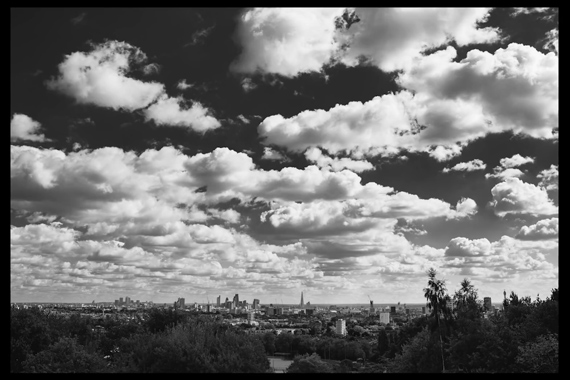
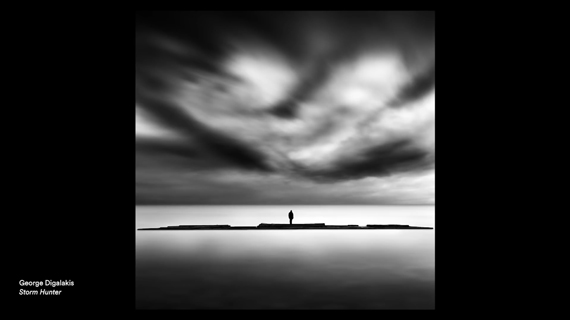
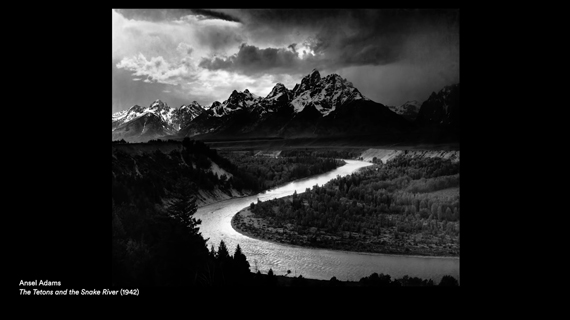
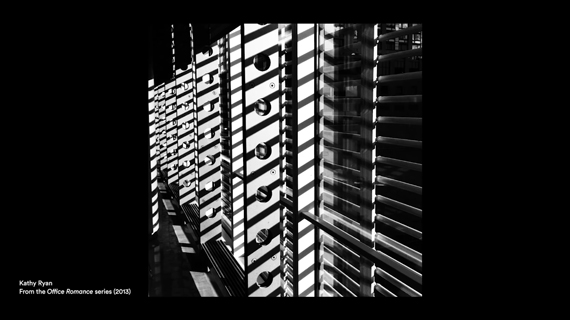
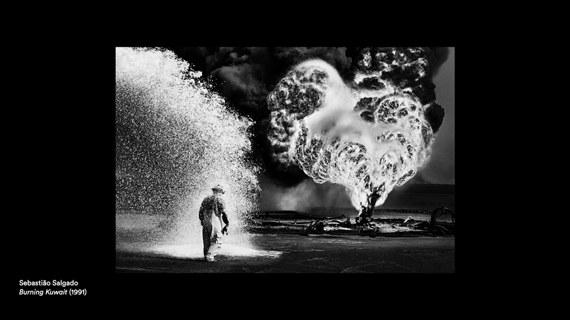
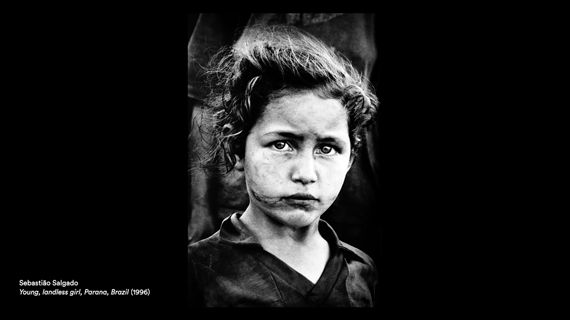
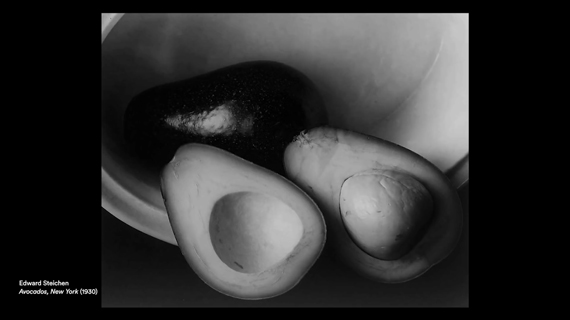






Leave a Reply